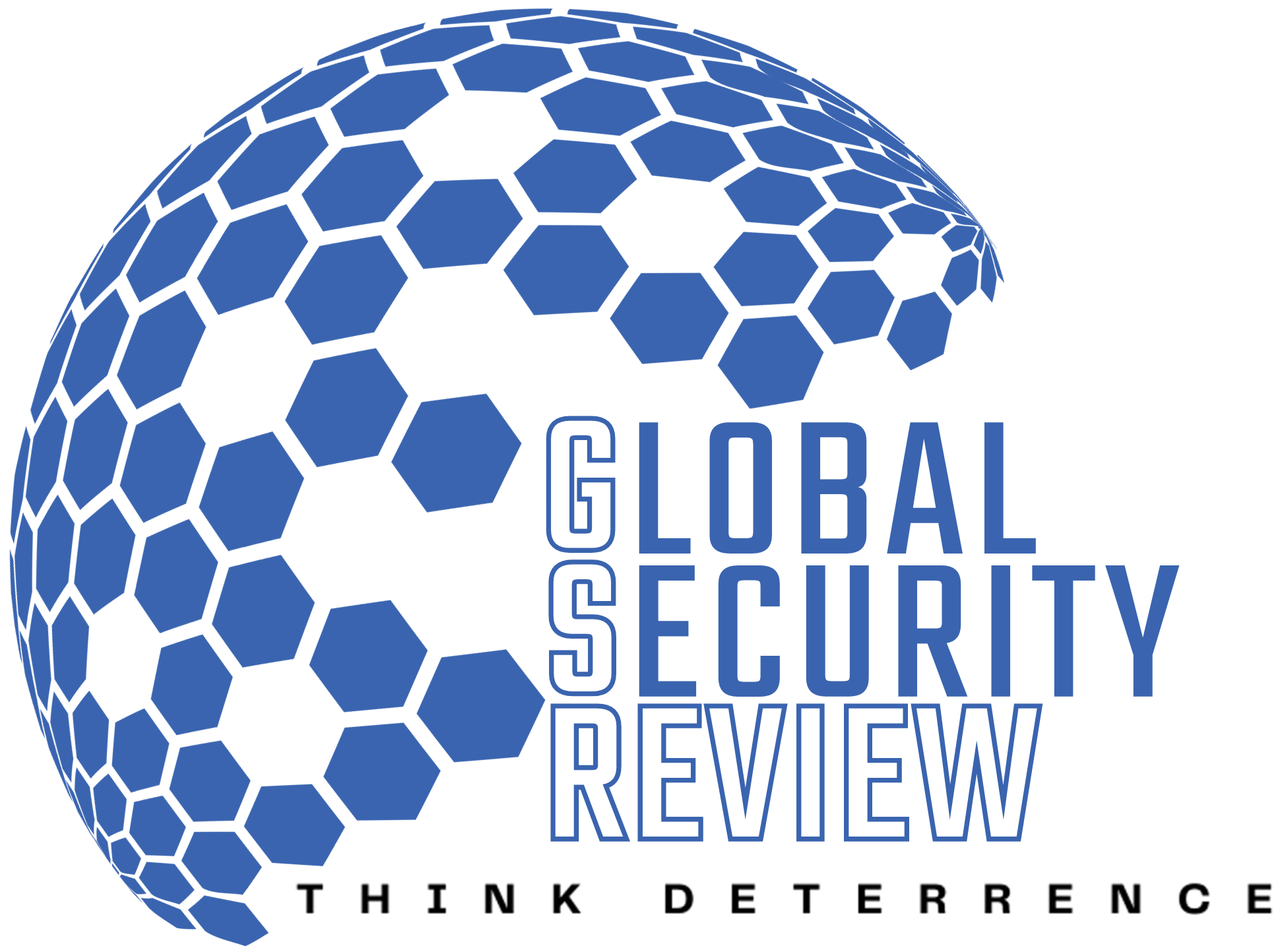Maintaining the United States’ position as the world’s premier military force will push the defense budget beyond the trillion-dollar mark. To ensure the long-term sustainability of the world’s most advanced military while maintaining readiness and effectiveness, the US must rethink its approach to defense funding. Prioritizing the right investments in new capabilities, while leveraging advanced technologies to enhance existing systems, can reduce costs and preserve a decisive edge. This approach strengthens deterrence and ensures the US can rapidly dominate any conflict, regardless of the operational environment.
Shifting to upgrading existing airframes with advanced technology rather than developing entirely new 6th-generation aircraft could offer significant long-term benefits. This approach results in substantial cost savings by avoiding the massive research and development expenses associated with new platforms while leveraging existing maintenance infrastructure. Additionally, integrating advanced technologies into proven airframes allows for faster deployment, reducing development cycles from decades to just a few years. Reliability would also improve, as these upgraded aircraft are built on battle-tested designs, avoiding the risks of unproven platforms and costly performance shortfalls.
Another key advantage is the ability to adopt modular and open-architecture upgrades, which enable rapid integration of artificial intelligence (AI), sensor fusion, hypersonic weapons, and advanced stealth coatings without requiring entirely new aircraft designs. This incremental innovation approach ensures continuous modernization without the financial and operational burdens of a generational shift. Furthermore, sustaining production of existing airframes stabilizes the industrial base and supply chain, preserving skilled labor and reducing reliance on experimental manufacturing techniques. However, this approach does come with trade-offs.
While upgraded airframes can incorporate many next-generation technologies, they may struggle to compete with emerging peer threats, such as China’s J-20B and a future J-31, which are designed from the ground up with advanced stealth and next-generation propulsion. Despite these limitations, prioritizing enhancements to proven aircraft, while strategically investing in select next-generation platforms, could provide a cost-effective, lower-risk approach to maintaining American air superiority in the evolving global security landscape.
For example, the estimated cost per F-15EX Eagle II is $87.9 million per unit. However, the total procurement cost, including development, support, and spares, can push the price per aircraft to around $117 million. At first glance, this makes the F-15EX slightly more expensive than the F-35A ($82.5 million) but cheaper in terms of long-term sustainment and operational costs, as it leverages existing F-15 infrastructure.
Leveraging emerging technology to enhance existing military capabilities is a cost-effective strategy for extending platform lifecycles, improving combat effectiveness, and increasing survivability. AI and autonomy integration, such as AI copilots for fighter jets and swarm unmanned aerial vehicles (UAV), enhance decision-making and reduce risks for human operators. Upgrading legacy aircraft and naval platforms with hypersonic weapons significantly expands strike ranges and lethality, while applying stealth coatings and advanced electronic warfare systems enhances survivability by reducing detectability and countering modern threats. Cybersecurity and network-centric warfare advancements, including real-time data-sharing and AI-driven analysis, improve battlefield coordination across multiple domains, ensuring more effective mission execution.
Meanwhile, integrating directed-energy weapons, such as high-energy lasers on ships and vehicles, provides cost-effective, high-precision air and missile defense without expending traditional munitions. Ground combat platforms, including M1A2 Abrams tanks and infantry systems, are also benefiting from active protection systems and AI-powered targeting, significantly improving survivability and lethality. In space and intelligence, reconnaissance satellites with AI-driven threat detection and persistent intelligence, surveillance, and reconnaissance (ISR) drones ensure superior situational awareness. By applying AI, hypersonics, stealth, electronic warfare, and directed energy to proven platforms, the US can modernize its forces without the extreme costs and risks of developing entirely new systems, ensuring long-term military superiority while maintaining fiscal responsibility.
This strategy allows the United States to maintain its military superiority over China’s rapidly expanding and modernizing forces by prioritizing technological advancements over costly new platform development. By integrating AI, hypersonics, stealth, electronic warfare, and directed energy into existing platforms, the US can rapidly upgrade combat capabilities without the lengthy and expensive process of designing entirely new aircraft, ships, and ground systems. This ensures that American forces remain combat-ready and adaptable while China continues to build up its military infrastructure.
One key advantage is speed and efficiency—modernizing proven platforms allows the US to deploy cutting-edge technologies much faster than China, which is still refining its next-generation aircraft, naval forces, and missile systems. Upgrading legacy airframes like the F-15EX and B-52J with hypersonic weapons, enhancing stealth with radar-absorbent materials, and improving real-time battlefield awareness with AI-driven sensor fusion ensure that American forces can strike faster, detect threats sooner, and operate with superior coordination.
Additionally, network-centric warfare improvements, such as joint all-domain command and control (JADC2) and real-time data-sharing, enhance multi-domain operations, allowing the US to maintain an intelligence and decision-making advantage over China’s military.
Survivability is another critical factor. By integrating active protection systems into tanks, directed-energy weapons into naval ships, and AI-driven electronic warfare suites into aircraft, US forces can better counter China’s advanced missile threats, cyber warfare tactics, and mass drone swarms. Additionally, maintaining a robust industrial base through upgrades to existing platforms ensures that production remains scalable and sustainable, unlike China’s military, which relies heavily on state-controlled production with limited battlefield testing of new systems.
By leveraging emerging technologies in a modular, cost-effective manner, the US can remain ahead of China’s growing military without the financial and operational burdens of continuously developing entirely new systems. This strategy ensures that American forces remain agile, lethal, and technologically superior, capable of deterring war and, if necessary, achieving decisive victories in any operational environment.
Joshua Thibert is a Senior Analyst at the National Institute for Deterrence Studies (NIDS) and doctoral student at Missouri State University. His extensive academic and practitioner experience spans strategic intelligence, multiple domains within defense and strategic studies, and critical infrastructure protection. Joshua currently resides in Columbus, Ohio.
About the Author

Joshua Thibert
Joshua Thibert is a Contributing Senior Analyst at the National Institute for Deterrence Studies (NIDS)with over 30 years of comprehensive expertise, his background encompasses roles as a former counterintelligence special agent within the Department of Defense and as a practitioner in compliance, security, and risk management in the private sector. His extensive academic and practitioner experience spans strategic intelligence, multiple domains within defense and strategic studies, and critical infrastructure protection.




